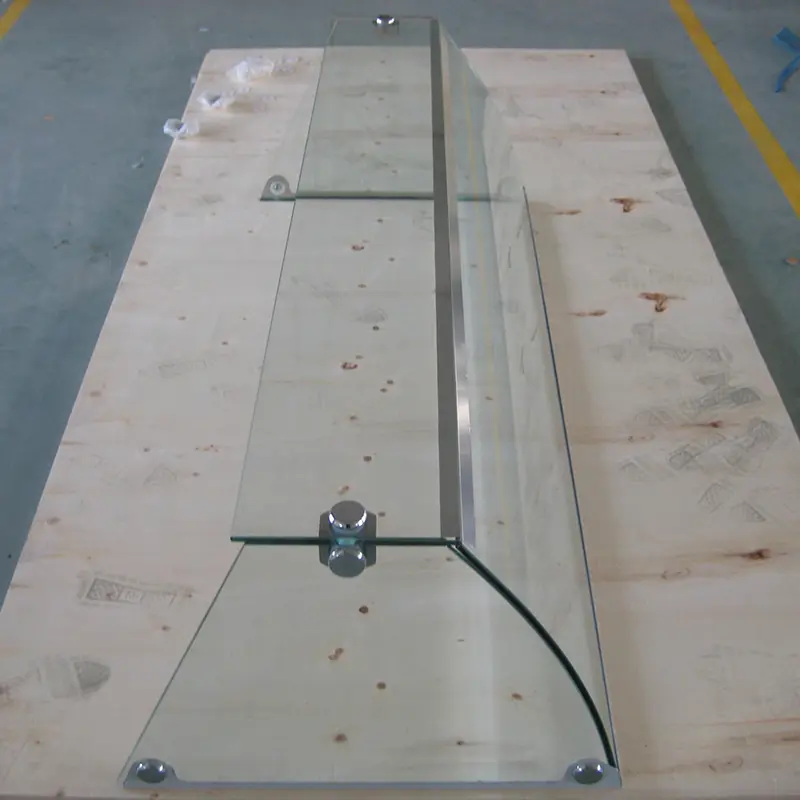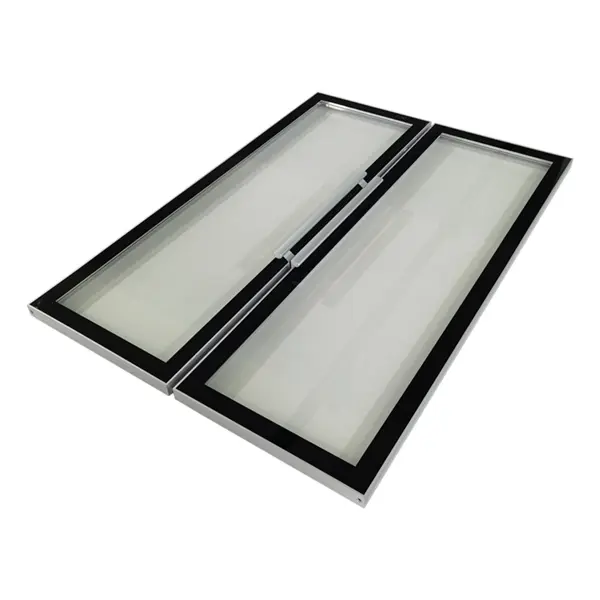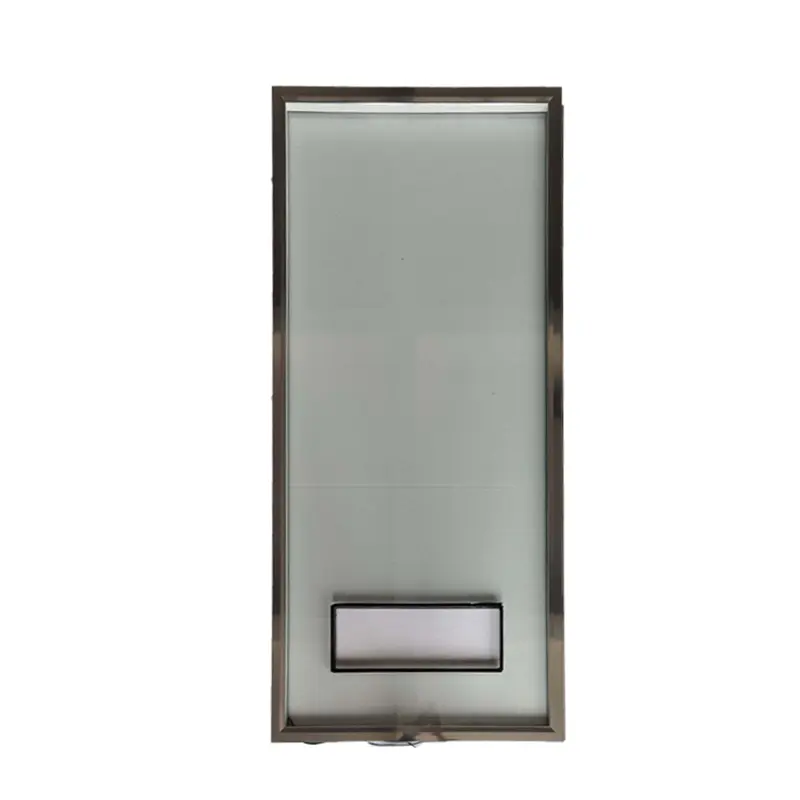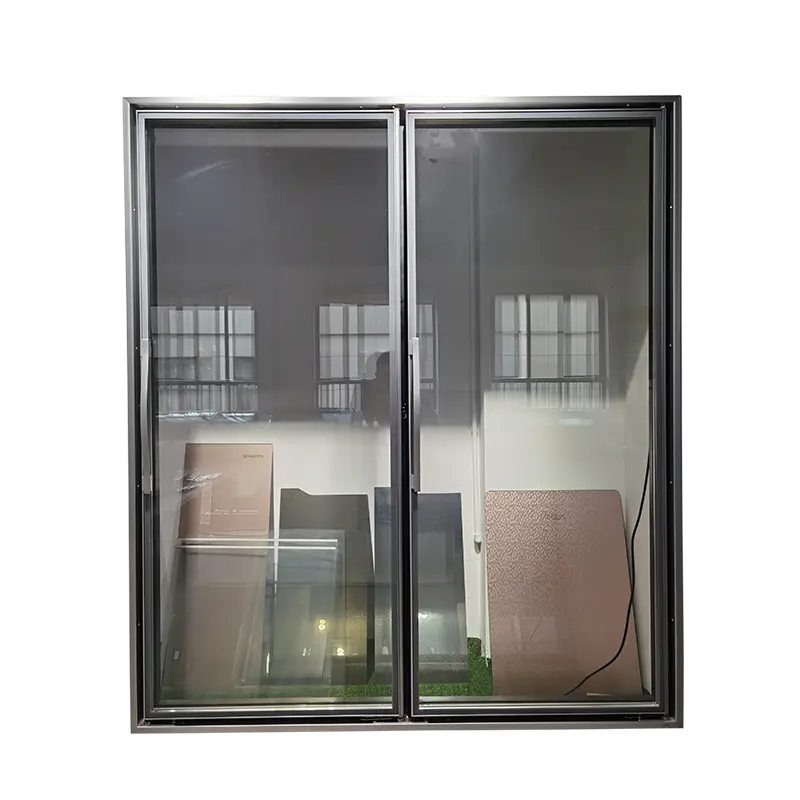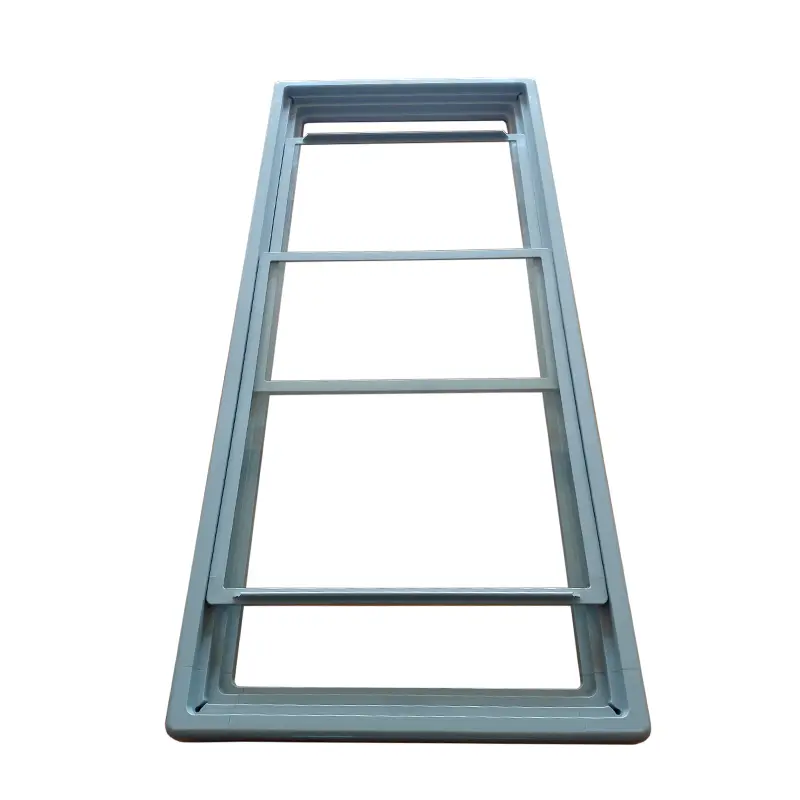Product Main Parameters
| Parameter | Value |
|---|---|
| Glass Type | Tempered Low-E |
| Thickness | 6mm or Customized |
| Shape | Flat, Curved |
| Color | Clear, Ultra Clear |
| Temperature Range | -30℃ to 10℃ |
| Application | Ice Cream Display Cabinet, Chest Freezers |
Common Product Specifications
| Specification | Details |
|---|---|
| Coating | Low-Emissivity |
| Features | Anti-fog, Anti-condensation, Anti-frost |
| Safety | Anti-collision, Explosion-proof |
Product Manufacturing Process
The manufacturing process of tempered low-E glass involves a series of precision operations to ensure optimal performance and safety. Initially, the glass is cut to the required size and shape before undergoing edge polishing to smooth out potentially hazardous edges. Subsequently, it is subject to a controlled thermal or chemical tempering process to enhance its durability. The low-emissivity coating is then carefully applied through a process known as sputter coating, which involves layering microscopic metallic particles onto the glass surface. This advanced coating effectively minimizes the passage of infrared and ultraviolet rays while allowing maximum visible light transmission, thereby improving energy efficiency and stability in temperature regulation. The entire process culminates with rigorous quality inspections to ensure compliance with industry standards, ensuring durability and effectiveness in various industrial applications.
Product Application Scenarios
Tempered low-E glass is pivotal in environments requiring stringent temperature control and energy efficiency. In commercial freezers, predominantly found in supermarkets and retail food outlets, they ensure that products remain cool while minimizing energy consumption. Laboratories and scientific research facilities also benefit significantly from these glass types due to their ability to maintain stable internal temperatures imperative for storing sensitive specimens and chemicals. Additionally, high-end residential installations utilize tempered low-E glass for its aesthetic appeal and functional benefits, like UV protection and condensation reduction, thereby enhancing the living environment's efficiency and comfort. This adaptability across various domains makes them an ideal choice for numerous applications.
Product After-Sales Service
Our after-sales service ensures customer satisfaction with a comprehensive support system. We offer free spare parts and a one-year warranty covering manufacturing defects. Our support team is readily available for troubleshooting and maintenance advice.
Product Transportation
Products are securely packaged using EPE foam and packed in seaworthy wooden cases (plywood cartons) to ensure safe transit and protection against damage.
Product Advantages
- Energy-efficient design that reduces operational costs
- Enhanced durability and safety features that ensure longevity
- Effective UV protection for sensitive products
- Anti-fog and anti-condensation properties that enhance visibility
Product FAQ
- What makes tempered low-E glass suitable for freezers?
Manufacturers design tempered low-E glass for freezers to offer superior energy efficiency, improved durability, and enhanced safety features, making it ideal for both commercial and residential applications.
- How does the low-E coating work?
The low-E coating on the glass reflects infrared and ultraviolet light, reducing heat transfer and preventing UV damage, which helps maintain stable interior temperatures.
- Can the glass be customized?
Yes, our manufacturers offer customization of tempered low-E glass for freezer doors according to specific size and shape requirements, ensuring the perfect fit for your application.
- What temperature ranges can this glass withstand?
Manufacturers design tempered low-E glass to operate efficiently between -30℃ and 10℃, making it suitable for a wide array of cold storage applications.
- Is the glass safe for high-traffic areas?
Absolutely. The tempered nature of the glass provides enhanced safety by shattering into small, blunt pieces upon impact, reducing the risk of injury in high-traffic settings.
- How does it improve energy efficiency?
The low-E coating minimizes heat escape and entry, reducing the workload on refrigeration systems, thereby conserving energy and lowering utility costs.
- What types of freezers can benefit from tempered low-E glass?
This glass is suitable for a variety of freezers, including commercial display freezers, walk-in coolers, and laboratory freezers, due to its efficient thermal regulation.
- Can it prevent condensation?
Yes, the anti-fog and anti-condensation properties of tempered low-E glass help maintain clear visibility and prevent moisture build-up on glass surfaces.
- Does it protect against UV rays?
The low-E coating provides effective UV protection, preventing the degradation of products susceptible to UV exposure and ensuring longer shelf life.
- What after-sales services are provided?
We provide comprehensive after-sales services including free spare parts, a one-year warranty, and prompt customer support for any issues or inquiries.
Product Hot Topics
- The Importance of Energy Efficiency in Cold Storage
Manufacturers have been increasingly focusing on energy efficiency in cold storage solutions. Tempered low-E glass for freezer doors plays a crucial role in this initiative by reducing the load on refrigeration systems, thereby conserving energy and lowering operational costs. The unique properties of low-E coatings ensure that heat transfer is minimized, allowing for consistent internal temperatures without over-reliance on cooling systems. This not only helps reduce electricity bills but also aligns with global sustainability goals, making it a preferred choice in modern freezer solutions.
- Durability and Safety in Glass Applications
When considering materials for high-traffic areas such as supermarkets and laboratories, durability and safety are paramount. Manufacturers choose tempered low-E glass for these environments due to its robust design and safety features. The glass undergoes a unique tempering process that enhances its strength, and in the unlikely event of breakage, it shatters into small, blunt pieces to reduce injury risks. This makes it an ideal choice for areas where both resilience and safety are critical.
- Advancements in Low-E Coating Technology
The advancement in low-E coating technology has revolutionized how we perceive traditional glass. Manufacturers have developed these coatings to reflect infrared and UV radiation effectively while maintaining the transparency of the glass. This breakthrough not only improves the energy efficiency of freezers but also ensures product visibility is not compromised. The growing demand for such advanced materials in commercial settings is a testament to their efficacy and the future of energy-efficient designs.
- Impact of UV Protection on Product Quality
UV rays can be detrimental to certain products, causing discoloration and degradation over time. Tempered low-E glass, with its effective UV protection capabilities, plays an integral role in preserving the quality and longevity of products stored within freezers. Manufacturers often highlight this feature as it provides an added layer of assurance that products will remain unaffected by external light conditions, making it an essential component in retail and scientific environments.
- The Aesthetic Appeal of Modern Freezers
In residential areas, the aesthetic value of home appliances is as important as their functionality. Manufacturers of tempered low-E glass have recognized this trend and are designing glass solutions that not only perform efficiently but also contribute to the modern aesthetic of kitchens and other spaces. The sleek design and clear visibility offered by these glass types enhance the overall appearance of freezers, making them a contemporary choice for homeowners.
- Exploring Customization in Glass Manufacturing
Customization has become a significant aspect of modern manufacturing, with manufacturers offering tailored solutions to meet specific client requirements. This is particularly true for tempered low-E glass for freezer doors, where size, shape, and even coating specifications can be adjusted based on the end-use application. The ability to customize offers flexibility and ensures that businesses can achieve seamless integration with their existing infrastructure, maximizing both efficiency and aesthetic value.
- Addressing Common Misconceptions about Low-E Glass
There are often misconceptions about the effectiveness and appearance of low-E glass. Some believe it can significantly reduce visible light transmission, but manufacturers have countered this claim by producing low-E glass that maintains high levels of transparency while ensuring energy efficiency. Educational efforts are ongoing to demonstrate that tempered low-E glass can provide the best of both worlds: visibility and thermal performance.
- Integrating New Technologies in Glass Production
Manufacturers are at the forefront of integrating new technologies into glass production. The use of advanced machinery and processes like precision sputter coating for low-E applications has significantly improved the quality and capabilities of tempered glass products. Continuous innovation ensures that these products meet the increasing demands for efficiency, safety, and sustainability in various industries.
- The Role of Quality Control in Glass Manufacturing
Quality control is an essential aspect of manufacturing tempered low-E glass for freezers. Manufacturers implement rigorous testing and inspections at various production stages to ensure that all products meet industry standards. Tests such as thermal shock cycle assessments and UV exposure tests guarantee that each piece of glass can perform optimally in its designated role, reinforcing the manufacturer's commitment to quality and customer satisfaction.
- Future Trends in Freezer Glass Technology
As environmental concerns and energy costs rise, manufacturers are increasingly looking towards innovative solutions in freezer glass technology. The demand for even more efficient low-E coatings and multi-functional glass installations is expected to grow. Future trends may include self-cleaning glass and enhanced resistance to climate extremes, positioning tempered low-E glass as a key player in the next generation of cold storage solutions.
Image Description
There is no picture description for this product


